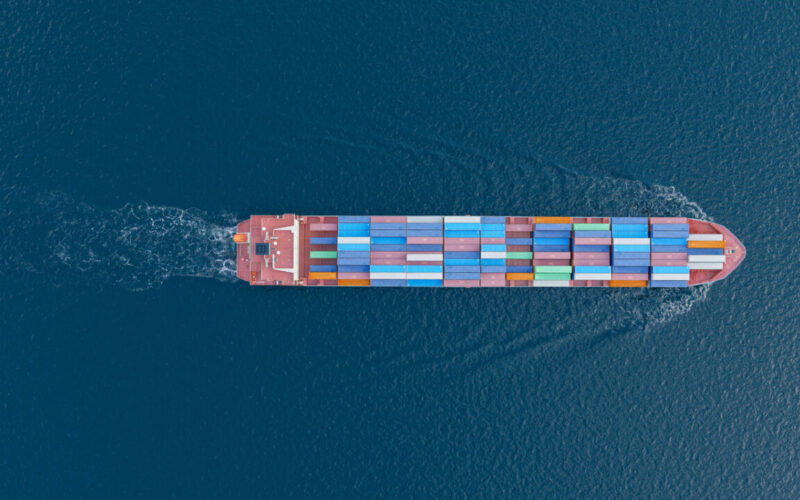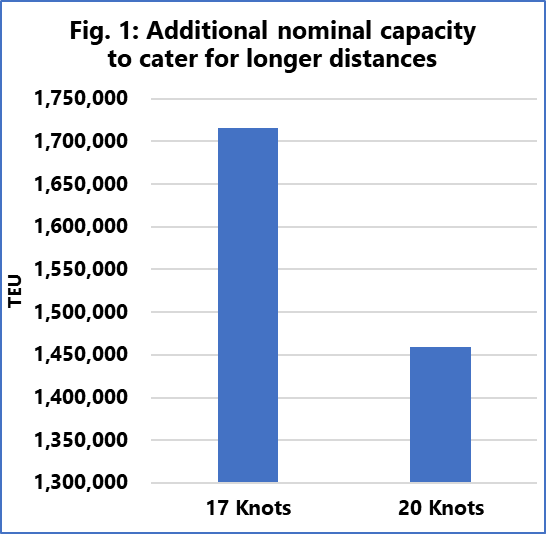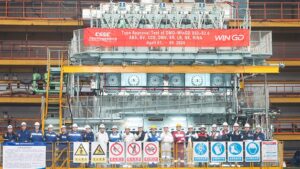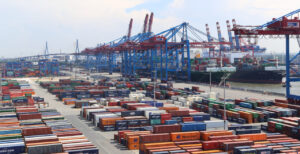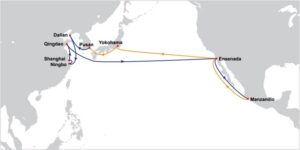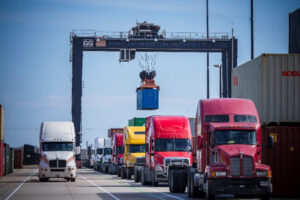The security situation in the Bab-al-Mandeb strait off the coast of Yemen has dramatically deteriorated, according to Sea-Intelligence.
Sea-Intelligence noted that many vessels have been attacked off the Yemeni coast by the Houthis, causing several major shipping lines to put their vessels on hold in order to avoid passing through the Red Sea, making the Suez route unusable for an unknown amount of time.
While the impact will be felt across numerous trades, the Far East to North America East Coast (NAEC) trade is particularly troubled, as the Panama Canal has been diverted to the Suez route owing to the drought, making a return to the Panama route unfeasible.
The increase in sailing times for the Africa route will be significant, particularly for services to the Mediterranean (MED).
Using a regular speed of 17 knots throughout the deviation, Sea-Intelligence anticipates a nine-day increase in transit time on the Far East-North Europe route, 14 days to MED, and five days to NAEC.
To sustain a weekly departure, extra vessels will need to be injected into services on these trades for a complete roundtrip.
READ: Major carriers’ revenues plunge to pre-pandemic depths in Q3
Sea-Intelligence noted that it is feasible to compute how many more vessels are required on each trade by using the number of services on the effected trades, the average vessel size on each service, and an additional vessel for every seven day increase in sailing time.
Thus, Sea-Intelligence is able to calculate the total additional nominal capacity that is needed to cater for sustained round-Africa services. This is shown in Figure 1.
READ: COVID-19 decreases port-pair connections via US-South America
Alan Murphy, CEO of Sea-Intelligence, said: “With these assumptions, a switch to round-Africa would require 1.45 – 1.7 Million TEU of vessel capacity. This equals between 5.1 per cent – 6.0 per cent of the total global container vessel capacity.
“Part of the current overcapacity problem has been absorbed by slow-steaming, and while this additional capacity can also be absorbed – only just – it would require vessels to sail faster.”

